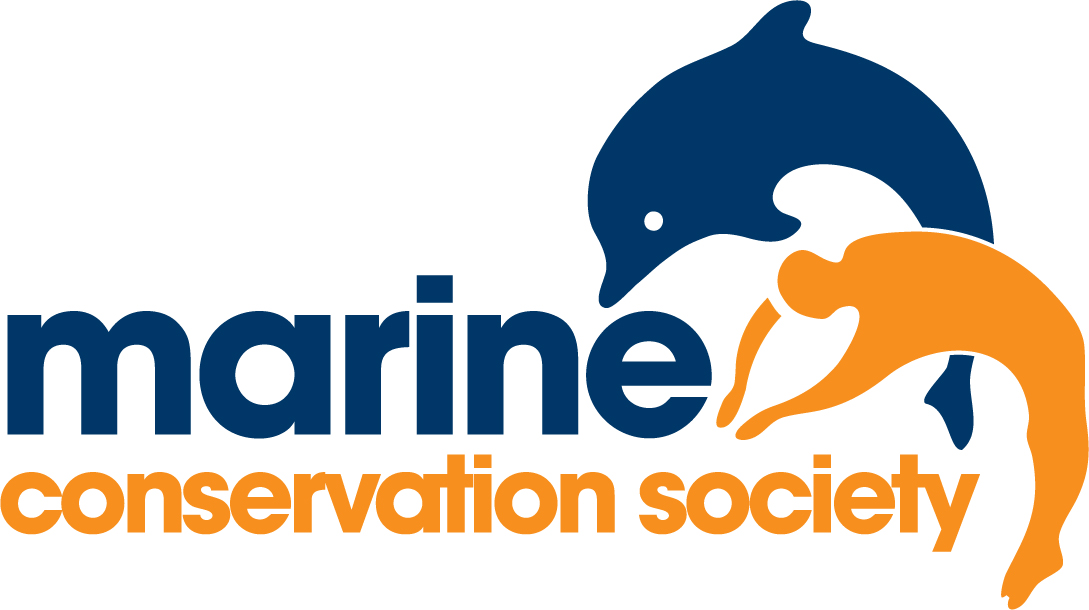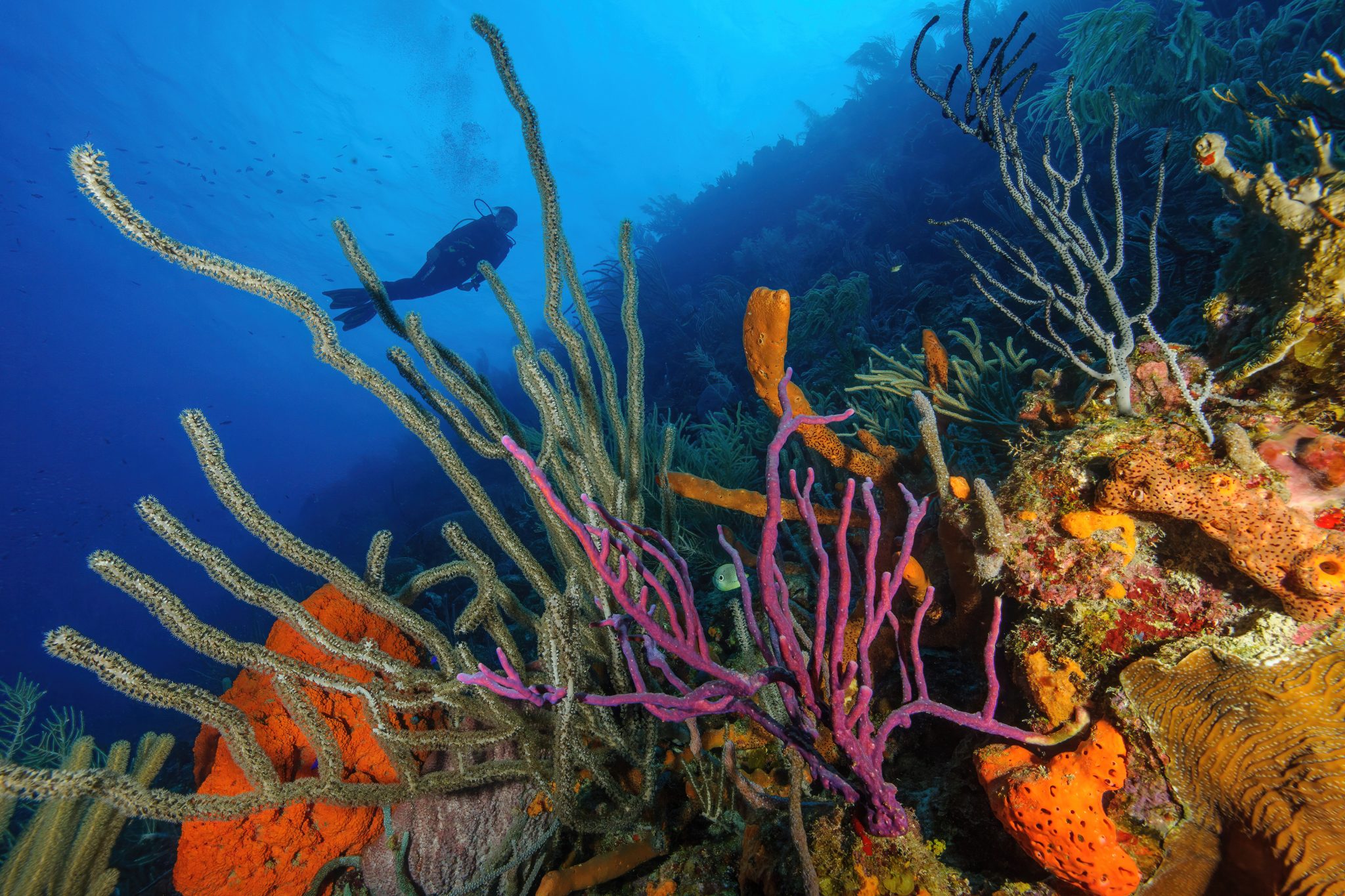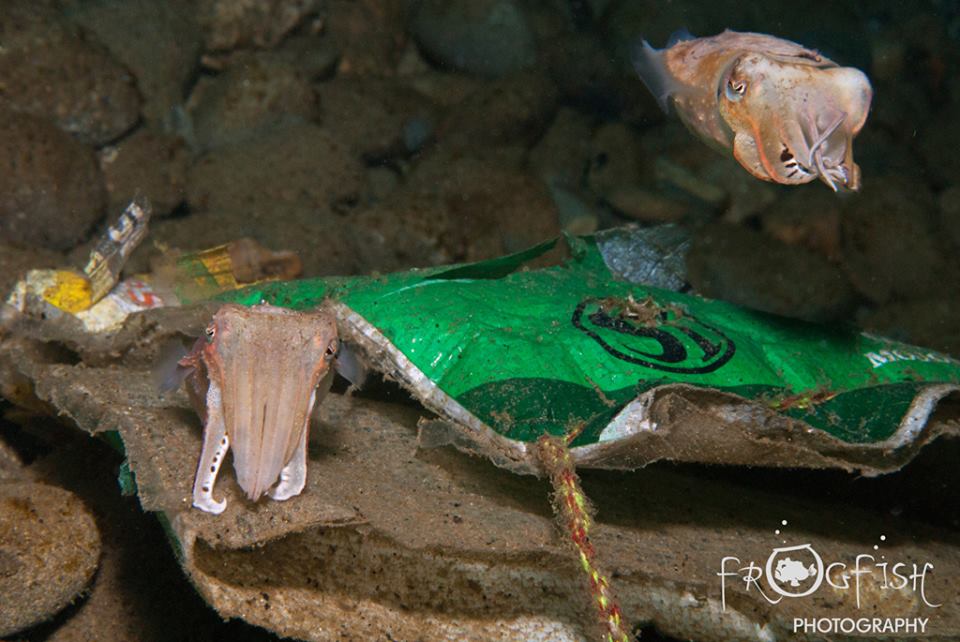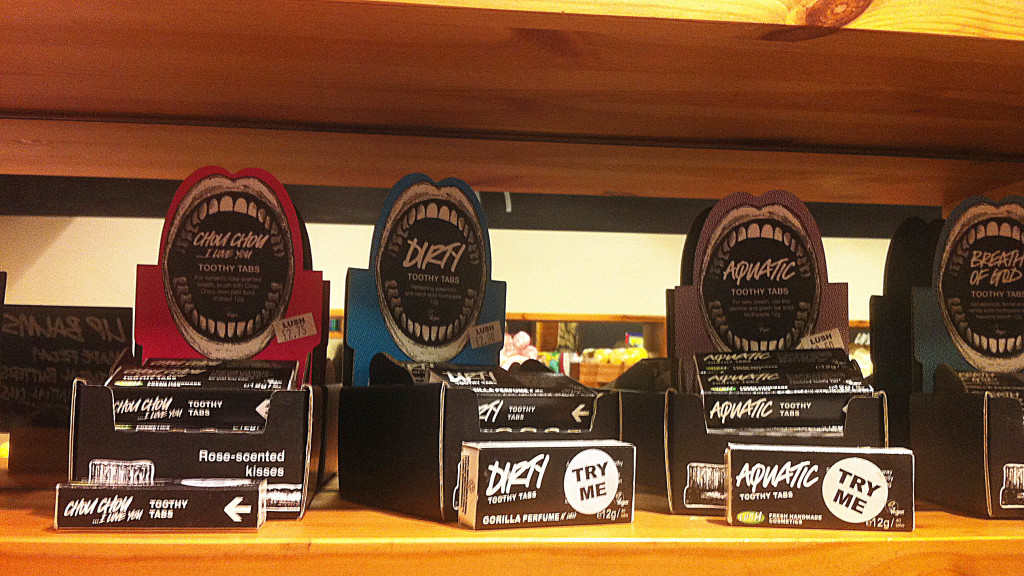Marine Life & Conservation Blogs
Taking on the Marine Conservation Society’s Plastic Challenge

We have long been supporters of the Marine Conservation Society, so when we saw that they had created a challenge to give up single use plastic for the month of June, we decided it was a challenge worth attempting. After all – how hard can it be?
So, what is the Marine Conservation Society Plastic Challenge all about? The MCS wanted to raise both awareness and money, by creating #plasticchallenge. Those taking part agreed to give up single use plastic for as long as they possibly could during the month of June. Huge quantities of this single use plastic ends up in our seas, rivers and oceans and ultimately kills and maims marine life all over the world. Many species can easily mistake a plastic bag for a jelly fish, the micro-plastic that has broken down is eaten by fish, or the bigger animals – like basking sharks – might simply scoop it up accidentally. What we do know is that throughout the world, dead marine life is turning up with their stomachs full of plastic, or bands from beer cans wrapped around their torso. The one obvious solution is to dramatically reduce the amount of plastic that we use and then cast away.
We very quickly discovered that we needed to change everything about the way we shopped. We had already stopped using plastic carrier bags many years ago, so this aspect was not a challenge for us, but nearly everything else (apart from beer and wine – phew) was difficult. We do not eat ready-made meals, as Nick is a bit of a wiz in the kitchen, so again, that was already easier for us to adapt – but so much salad and veg is pre-wrapped with plastic trays and covering, that buying from local shops and supermarkets was to prove extremely difficult. Some veg was possible, such as leeks and butternut squash, but the choice was limited. The solution to this was very easy for us, as we have a nearby vegan organic supermarket (Unicorn Grocery) that provides old fashioned paper bags for veg – so there was one problem solved. But what about toilet roll, cereal (so many products have a nice cardboard exterior – with a horrible plastic bag within), frozen food, etc? Nick started making things we would normally buy pre-prepared, like hummus, pasta and pizzas, which takes more time, but is ultimately healthier for us (as well as for the planet). As fruit juice is either in plastic bottles, or has a plastic cap, we had to make our own at home. We now have a traditional milkman to deliver glass bottles of milk.
All the supermarkets we visited were willing to put cheese and meats into a re-usable container that we took with us, although we did get some funny looks! We made more regular visits to local independent shops, such as the pet shop that sells locally made dog treats that Paddy (our golden retriever) could walk in a select himself. This has now become a bit of in issue though, as we get dragged to the pet shop on every visit to the shops! Bathroom products such as toothpaste and shampoo cannot be bought in the usual supermarket deals, but a trip into Manchester centre gave us the chance to pop into Lush, who have an amazing range of eco-friendly products.
A lifestyle on the go makes this challenge even harder. We have to do a fair bit of traveling within the UK and overseas. You cannot just pull over at a motorway service station and buy some sandwiches or snacks as these are all wrapped in plastic (apart from the odd pie), so you have to think ahead.
Doing the Marine Conservation Society Plastic Challenge has been a fantastic experience. We will not stop thinking about this at the end of June, but instead use the experience to continue reducing the amount of single use plastic that we buy and then throw away on a daily basis. Have a go, for a day, week or month for yourselves. It gives you a real understanding of the massive scale of the problem facing us.
If you like what we did, or if this has inspired you in any way, or if you just want to support an excellent charity that strives to protect our marine life – then please donate what you can here.
For more information about the Marine Conservation Society, visit www.mcsuk.org.
Marine Life & Conservation Blogs
Creature Feature: Undulate Ray

 In this series, the Shark Trust will be sharing amazing facts about different species of sharks and what you can do to help protect them.
In this series, the Shark Trust will be sharing amazing facts about different species of sharks and what you can do to help protect them.
This month we’re looking at the Undulate Ray. Easily identified by its beautiful, ornate pattern, the Undulate Ray gets its name from the undulating patterns of lines and spots on its dorsal side.
This skate is usually found on sandy or muddy sea floors, down to about 200 m deep, although it is more commonly found shallower. They can grow up to 90 cm total length. Depending on the size of the individual, their diet can range from shrimps to crabs.
Although sometimes called the Undulate Ray, this is actually a species of skate, meaning that, as all true skates do, they lay eggs. The eggs are contained in keratin eggcases – the same material that our hair and nails are made up of! These eggcases are also commonly called mermaid’s purses and can be found washed up on beaches all around the UK. If you find one, be sure to take a picture and upload your find to the Great Eggcase Hunt – the Shark Trust’s flagship citizen science project.
It is worth noting that on the south coasts, these eggcases can be confused with those of the Spotted Ray, especially as they look very similar and the ranges overlap, so we sometimes informally refer to them as ‘Spundulates’.
Scientific Name: Raja undulata
Family: Rajidae
Maximum Size: 90cm (total length)
Diet: shrimps and crabs
Distribution: found around the eastern Atlantic and in the Mediterranean Sea.
Habitat: shelf waters down to 200m deep.
Conservation Status : As a commercially exploited species, the Undulate Ray is a recovering species in some areas. The good thing is that they have some of the most comprehensive management measures of almost any elasmobranch species, with both minimum and maximum landing sizes as well as a closed season. Additionally, targeting is entirely prohibited in some areas. They are also often caught as bycatch in various fisheries – in some areas they can be landed whilst in others they must be discarded.
IUCN Red List Status: Endangered
For more great shark information and conservation visit the Shark Trust Website
Image Credits: Banner – Sheila Openshaw; Illustration – Marc Dando
Blogs
Guarding Against Coral Invaders

Protecting (Dutch) Caribbean Reefs from Unomia stolonifera
Recent reports highlight the concerning spread of the invasive soft coral, Unomia stolonifera, currently devastating Venezuela’s marine ecosystems and detected in Cuba. With the potential threat of its expansion to the (Dutch) Caribbean islands, urgent action and awareness are essential to safeguard marine biodiversity and local economies from possible catastrophic consequences.
Invasive species are animals or plants from another region of the world that don’t belong in their new environment. These species can have major ecological effects by decimating native flora or fauna. They can also cause large economic losses and impact human health. Invasive species also pose a significant threat to marine ecosystems worldwide, including the Dutch Caribbean. Among these invaders is the octocoral species Unomia stolonifera or “Pulsing Xenia”, originally from the Indo-Pacific. With its rapid growth and lack of natural predators, this species can outcompete native species and disrupt fragile marine habitats such as seagrass beds and coral reefs.
Background
The invasive soft coral U. stolonifera was first identified in 2014, off the coast of Venezuela. It is believed to have been introduced via the illegal aquarium trade. Since this species can reproduce sexually and asexually (or fragment), even small pieces can regenerate to spread. Once introduced it quickly took over shallow reefs and hard substrate at depths of 0-50 meters, outcompeting local corals and seagrass for space. Follow on surveys found that this coral species exhibited average percentage cover as high as 80%, vastly outcompeting native corals. In highly colonized areas, fish are disappearing due to loss of habitats.
In 2022, during a survey conducted in Cuba by the University of Havana, an unknown octocoral was discovered which was later identified as the invasive Unomia stolonifera. It is suspected that the coral larvae arrived in ballast water from fossil fuel ships originating from Venezuela, as nearby sites adjacent to Venezuelan ports have been heavily affected by the invasion.
How to help
Prevention through continuous monitoring, particularly in high-risk areas such as marine harbors and oil facilities, is paramount. Early detection plays a pivotal role in mitigating the threat posed by Unomia stolonifera.
The public’s involvement and awareness are also vital. Local communities, recreational divers, tourists, and all stakeholders are urged to participate in early detection efforts by reporting sightings (photo, location and date) of this invasive coral to their respective Protected Area Management Organization (PMO’s)- the Fundacion Parke Nacional Aruba (FPNA), STINAPA Bonaire, CARMABI Curaçao , Saba Conservation Foundation (SCF), Nature Foundation St. Maarten (NFSXM) and St. Eustatius National Parks (STENAPA). If an invaded area is confirmed, follow the recommendations by the local PMO’s.
Keys to Success
Despite the challenges, early detection is key to mitigating the threat posed by Unomia stolonifera. With continued vigilance, research, and community engagement, there is hope for containing this potential issue before it becomes a major threat.
About the DCNA
The Dutch Caribbean Nature Alliance (DCNA) supports (science) communication and outreach in the Dutch Caribbean region by making nature related (scientific) information more widely available through amongst others the Dutch Caribbean Biodiversity Database, DCNA’s news platform BioNews and through the press. This article contains the results from several scientific studies but the studies themselves are not DCNA studies. No rights can be derived from the content. DCNA is not liable for the content and the in(direct) impacts resulting from publishing this article.
-

 News3 months ago
News3 months agoHone your underwater photography skills with Alphamarine Photography at Red Sea Diving Safari in March
-

 News2 months ago
News2 months agoCapturing Critters in Lembeh Underwater Photography Workshop 2024: Event Roundup
-

 Marine Life & Conservation Blogs2 months ago
Marine Life & Conservation Blogs2 months agoCreature Feature: Swell Sharks
-

 Blogs2 months ago
Blogs2 months agoMurex Resorts: Passport to Paradise!
-

 Blogs2 months ago
Blogs2 months agoDiver Discovering Whale Skeletons Beneath Ice Judged World’s Best Underwater Photograph
-

 Gear News3 months ago
Gear News3 months agoBare X-Mission Drysuit: Ideal for Both Technical and Recreational Divers
-

 Gear Reviews2 months ago
Gear Reviews2 months agoGear Review: Oceanic+ Dive Housing for iPhone
-

 Marine Life & Conservation2 months ago
Marine Life & Conservation2 months agoSave the Manatee Club launches brand new webcams at Silver Springs State Park, Florida






















